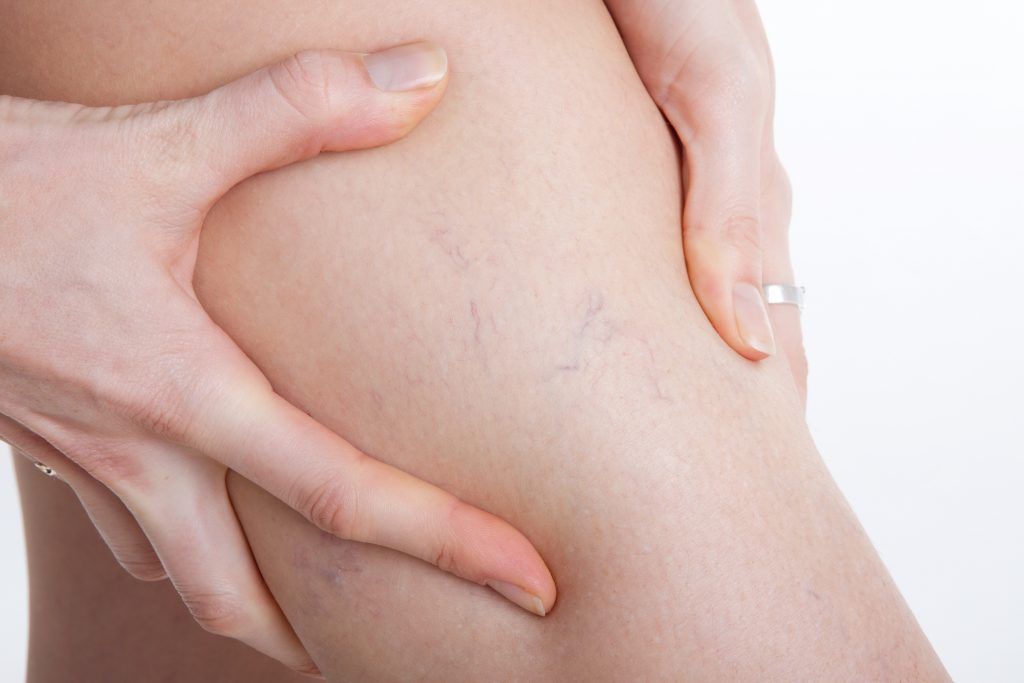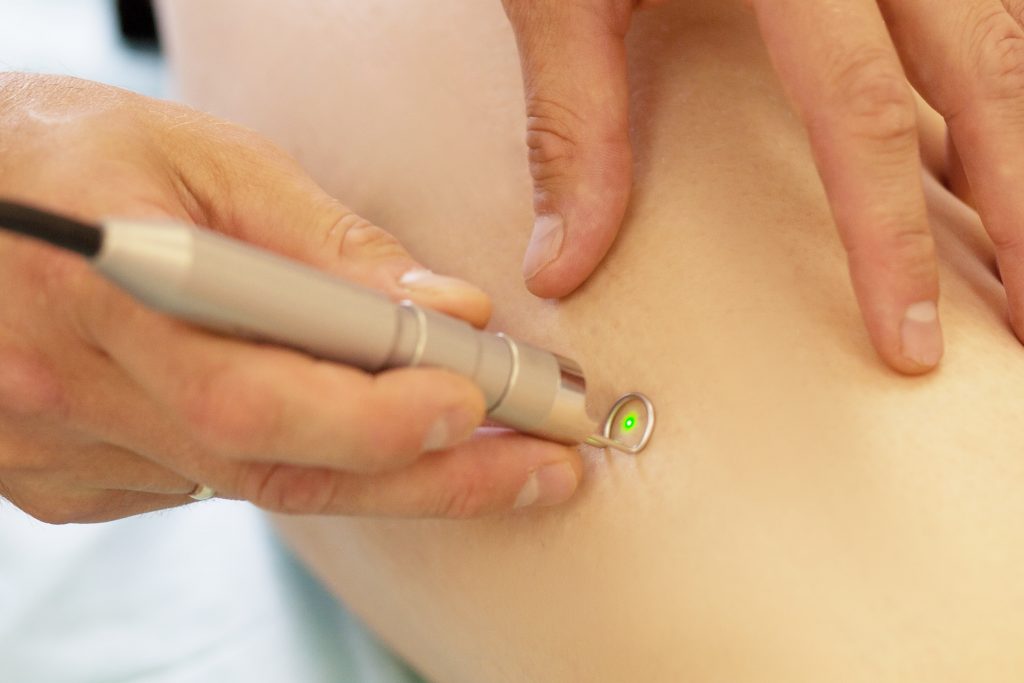Spider Vein Treatments from U.S. Dermatology Partners
What Are Spider Veins?
Spider veins are blood vessels that are visibly enlarged and can be seen on the face as well as other areas of the body, most commonly the legs. They may also be called broken blood vessels or thread veins, and appear as hairline marks that can be red, bluish or purple. They most often appear on the nose, chin or cheeks.
Broken blood vessels occur when the skin has been damaged. They are often caused by falls or accidents that caused bruising, or by scrubbing the face too vigorously. However, spider veins also can be caused by such factors as aging, pregnancy, estrogen replacement therapy, sun damage and rosacea. In the legs, they may be caused or worsened by standing or sitting for long periods of time, obesity and constipation.

Spider veins are visibly enlarged blood vessels.
Find This Service Near You
Who Is at Risk for Spider Veins?
People of all ages can get broken blood vessels, but they are more common in women than in men and also become more common as we age. If you bruise easily, you may be more prone to getting spider veins.
Spider Vein Symptoms
The primary symptom of broken blood vessels is the appearance of red, blue or purple hairline veins under the skin. You may also have swelling or aching in the legs, a rash, itching around the veins or skin ulcers. If the veins become warm and tender to the touch, you should talk to your doctor immediately.
Spider Vein Treatments

Spider veins can be addressed with laser treatment.
In many cases, broken blood vessels will resolve themselves on their own, and you will want to practice prevention to keep them from occurring again. However, if your spider veins do not go away, you can receive medical treatment. Currently, there are two treatments used for broken blood vessels:
- Sclerotherapy, which involves having a solution injected into the veins to make them shrink, is a simple procedure that can be done in your doctor’s office. The solution causes the blood vessels to dissolve and be absorbed back into the body.
- Laser therapy, which uses light focused on the area of treatment. The laser breaks up the broken blood vessels, allowing them to be absorbed back into the body.
The doctors at U.S. Dermatology Partners have experience in the latest spider vein treatments and can help determine which one is right for you.
Spider Vein Prevention
Because the veins under the surface of the skin are delicate, it is important to care for your skin and avoid things that will damage them. Good ways to prevent damage include avoiding excess exposure to the sun, washing your face with warm water instead of hot water and not scrubbing your face with too much pressure.
Keep your legs healthy by getting regular exercise and maintaining a healthy body weight. Also make it a habit to not sit or stand in one position for too long, and avoid crossing your legs when sitting down.
- See Also
- Sclerotherapy
- Spider Veins
- Varicose Veins
*Results may vary by individual
